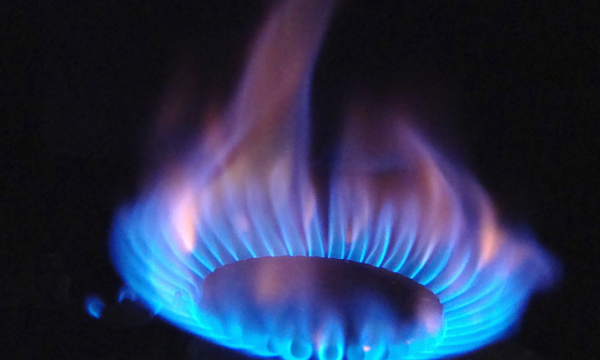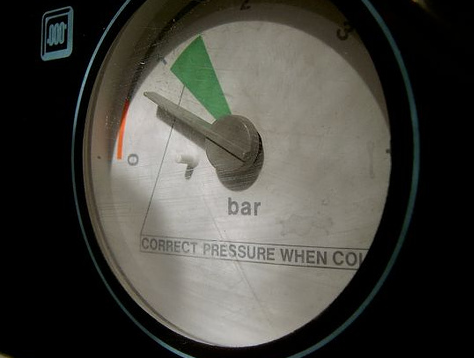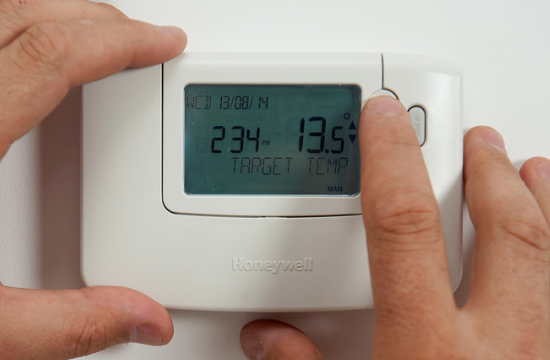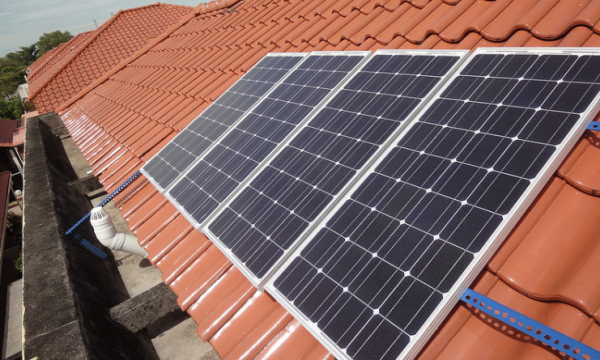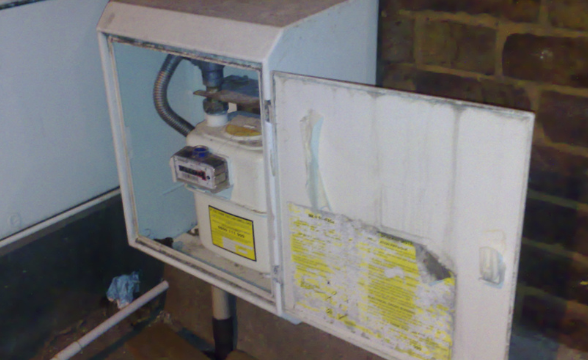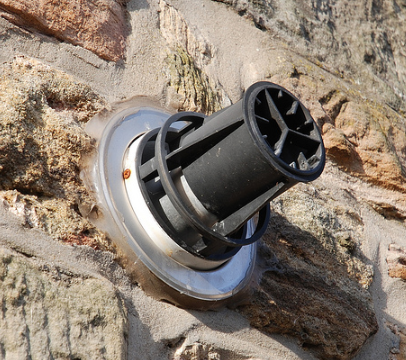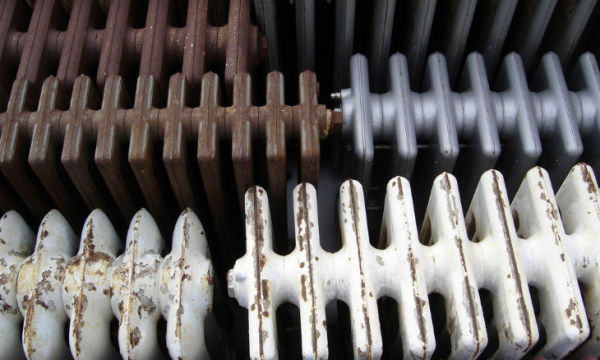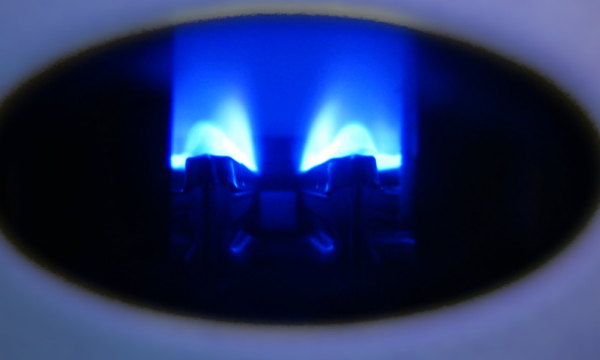It is the time of the year when your boiler and central heating system is most under pressure. It is also the time of the year when we have to think about heat, heat loss and how to preserve it. This can have many benefits including:
* Helping the planet.
* Helping your pocket with lower bills.
* Helping to keep you warm.
In this article we look at some ideas for keeping your home insulated during the coldest time of the year.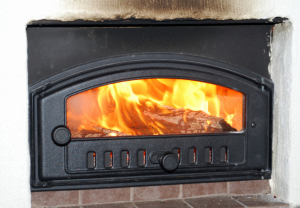
Above: Have the fire on, but keep the heat in!
From: https://www.flickr.com/photos/david_e_smith/6852106351/
The bigger options
Windows
Have a look at your windows. Are they single glazed, double glazed or have no glazing at all? We have all seen the pictures of heat images showing how much heat can be lost through poorly fitted windows. Whilst this is neither a cheap option nor a quick fix it can actually save you a lot of money in lost heat in the long run. Now perhaps isn’t the best time to have the windows changed but start saving some money now so you can get this job done in the spring. Next winter you will then be able to benefit.
Loft insulation
Science tells us that heat rises upwards and so its final exit point is through the roof. Most of the heat in a house is actually lost through the roof. Have you ever noticed the roof of houses after a blizzard? Some houses will have the snow disappear quickly whilst others will have it linger – why is this? Simply stated it is a good measure of how insulated the roof space is. The less insulated the more heat that can rise and escape, thus melting the snow. If you keep the heat inside the roof space the snow can not melt from the heat generated in the house. Invest in some loft insulation and fill the appropriate areas of your loft space to keep any heat that rises up trapped inside your house rather than escaped away to the atmosphere.
Cavity wall insulation
Cavity wall insulation is a similar thing to loft insulation except it stops heat escaping from the walls. This can be an expensive option but is well worth it as walls surround your house and there is ample opportunity for heat to escape. Normally a substance is injected into the walls (like foam) which expands and ‘fills’ any gaps where heat can escape. This option is not suitable for all houses so do check, but grants are available in certain circumstances to help with the cost.
The smaller options
Carpets and curtains
Carpets and curtains are relatively low cost ways you can furnish your house and keep it warm. There is no explanation needed to show how much warmer a carpet makes a room rather than a cold floor. Curtains also keep heat in and some of the more expensive designs are made with materials specifically to do this. Curtains need to fill the window area at least to cut off the heat moving away.
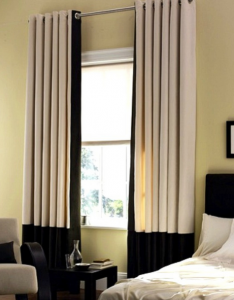
From: https://www.flickr.com/photos/homestilo/8505219299/
Draught excluders
Get down by the little gap under the door and you will be surprised at how much of a wind can come through here – another perfect avenue for heat to escape. Fitting draught excluders stops this on internal doors and will keep your heat in the room. Draught excluders can also be applied to external doors to stop heat going outside, and letting the cold atmospheric air in. Letter boxes are also another area to watch for heat escaping and cold air entering.
Thermostats
Most people have thermostats but a surprising number don’t. There is something very unhelpful about ‘all or nothing’ heating: it either has to be constantly on costing lots of money and potentially getting the house too warm, or not on at all leaving your house to get cold. Thermostats are great controllers of this and provide a happy balance. In the day of modern technology and gadgets you can now even control your thermostat remotely from your smartphone if not at home, so these are very effective devices.
A final thought…
When thinking about these options, have you ever stopped to consider how the right boiler for your home can also help? The boiler needs to be powerful enough to sufficiently heat the home and supply it with hot water. If it isn’t doing this, it is ineffective at keeping the home warm which damages the planet in terms of wasted energy and costs you more money in heating bills. Having a working and powerful boiler really is a must!
Hopefully by adopting some of these tips and planning for some home improvements in due course, you really can save the planet, save some money and keep warm this winter and beyond.
Have any questions? Visit our FAQ page to find common questions and answers to gas and central heating.
